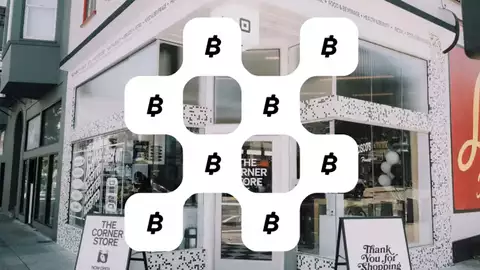
A Walkthrough of a Bitcoin Lightning Network Channel Transaction
Posted over 2 years ago by LN+
Introduction
The Bitcoin Lightning Network, a second-layer protocol built on top of Bitcoin's blockchain, has revolutionized microtransactions by offering rapid, low-cost transfers. This post explores the detailed steps involved in a transaction through a Lightning Network Payment Channel, illustrating how this technology has greatly enhanced Bitcoin’s scalability and utility.
Opening a Payment Channel
How and why to open a payment channel: Opening a payment channel is like establishing a private tunnel between two parties. This allows multiple transactions to take place off-chain, reducing congestion on the main Bitcoin blockchain. A channel only requires two on-chain transactions: one to open and one to close.
Funding the channel: To commence transactions on the Lightning Network, one needs to fund the channel. This involves committing a certain amount of Bitcoin from your wallet to the channel, which acts as the maximum capacity for transactions until the channel is closed or more funds are added.
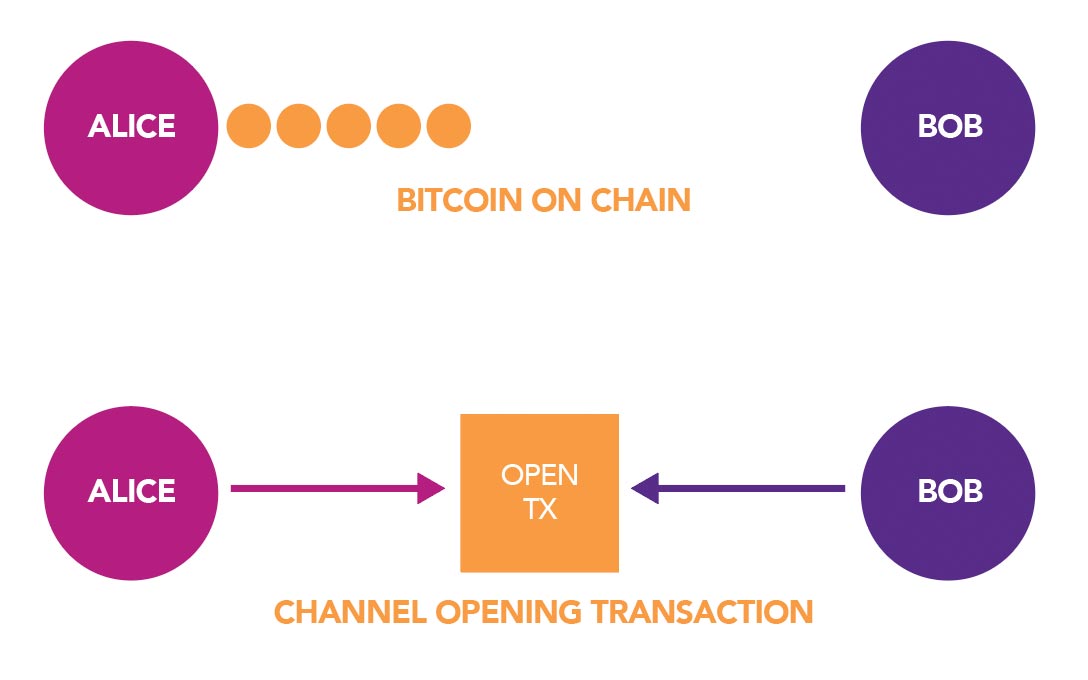

Transacting on the Lightning Network
Making transactions: Within the confines of a payment channel, parties can conduct an infinite number of transactions, as long as the cumulative amount doesn't exceed the channel's funding. These transactions are instantaneous, happening in real-time between the involved parties.
Updating the channel’s fund distribution: After each transaction, the distribution of funds within the channel changes. Both parties maintain a local copy of the channel's state. For instance, if Alice funds a channel with 0.5 BTC and sends 0.1 BTC to Bob through the channel, she now holds 0.4 BTC and Bob 0.1 BTC in channel balances.
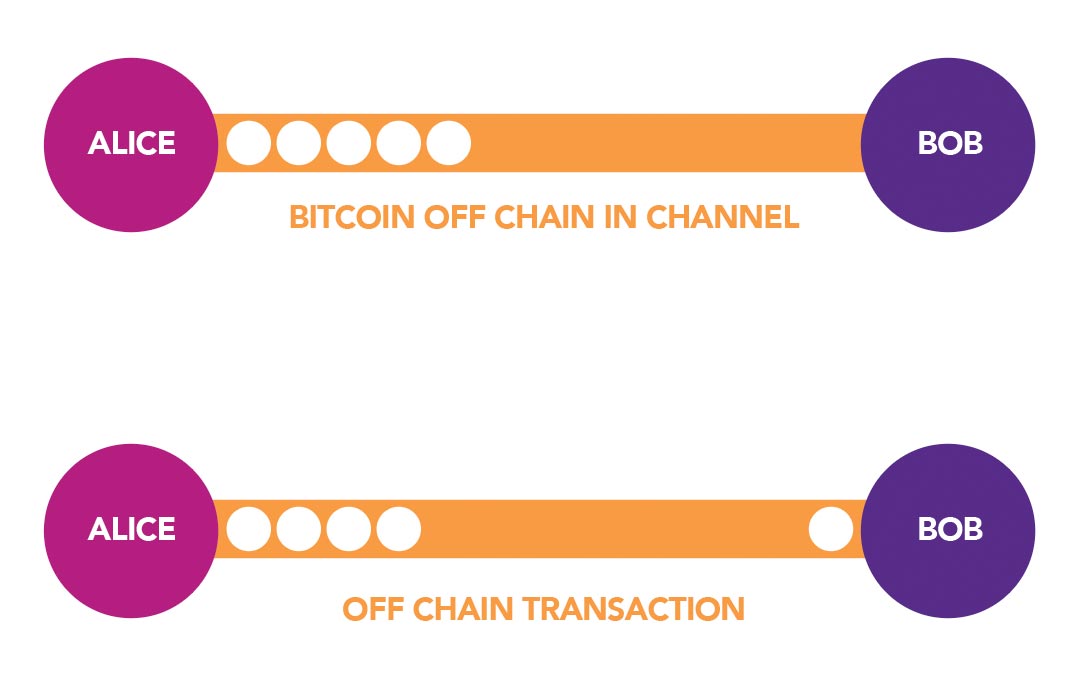
Closing a Payment Channel
When and how to close a channel: A payment channel can be closed by either party at any time. To close the channel, the latest state (balance distribution) is broadcast to the Bitcoin network and processed as a regular transaction.
Settlement process: When the channel closes, the current balances are settled on the Bitcoin blockchain. Using the previous example, Alice receives 0.4 BTC and Bob receives 0.1 BTC in their respective wallets.
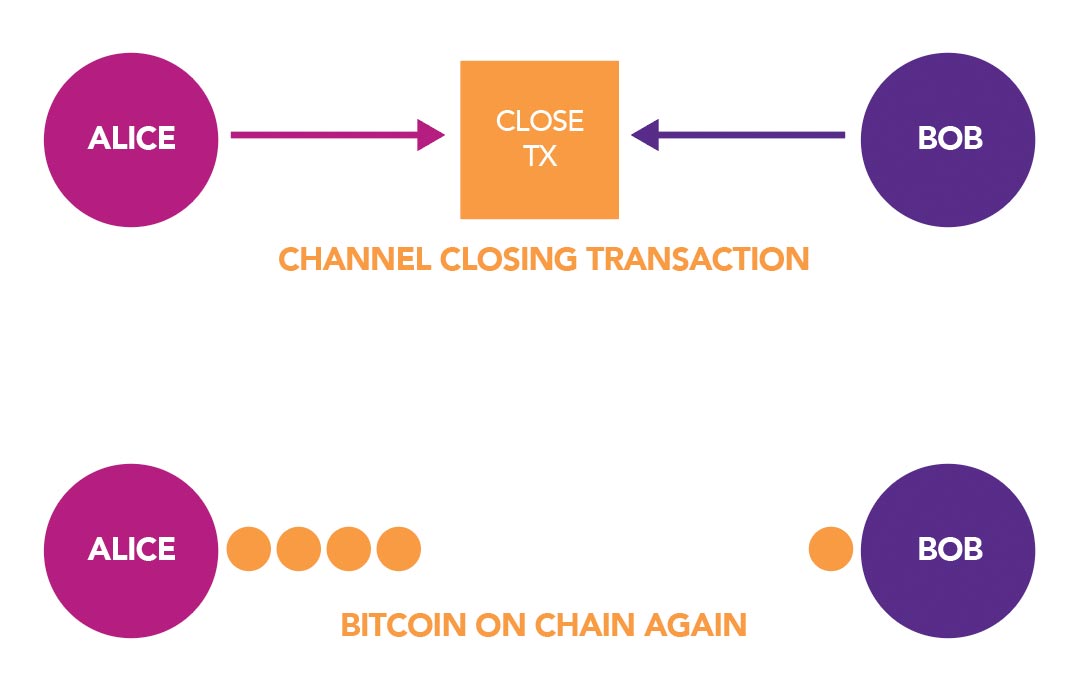

Forwarding on the Lightning Network
One of the most innovative features of the Lightning Network is its ability to facilitate multi-hop payments. Rather than always requiring a direct channel between transacting parties, the Lightning Network allows payments to be routed through intermediary nodes. Let's break down a simple forwarding scenario:
Initial Setup:
- Alice has a channel with Bob, where she possesses 0.5 BTC.
- Bob, in turn, has a separate channel with Carol, holding 0.3 BTC of his own.
The Transaction Sequence:
- Intent: Alice wishes to send Carol 0.1 BTC. However, Alice doesn't have a direct channel with Carol. Instead of establishing a new channel (which would be resource-intensive), Alice can utilize Bob as an intermediary to route her payment.
- Transaction to Bob: Alice sends 0.1 BTC to Bob on their shared channel. After this, Alice's balance reduces to 0.4 BTC, while Bob's balance on the Alice-Bob channel increases to 0.1 BTC.
- Forwarding the Payment: Bob, upon receiving the 0.1 BTC from Alice, forwards this amount to Carol on their own channel. This reduces Bob's balance to 0.2 BTC on the Bob-Carol channel, while increasing Carol's balance.
- Forwarding Fee: For his role in facilitating this transaction, Bob retains a tiny amount—let's say a few Satoshis—as a forwarding fee. This incentivizes nodes to participate in routing payments, ensuring the fluidity and functionality of the network.
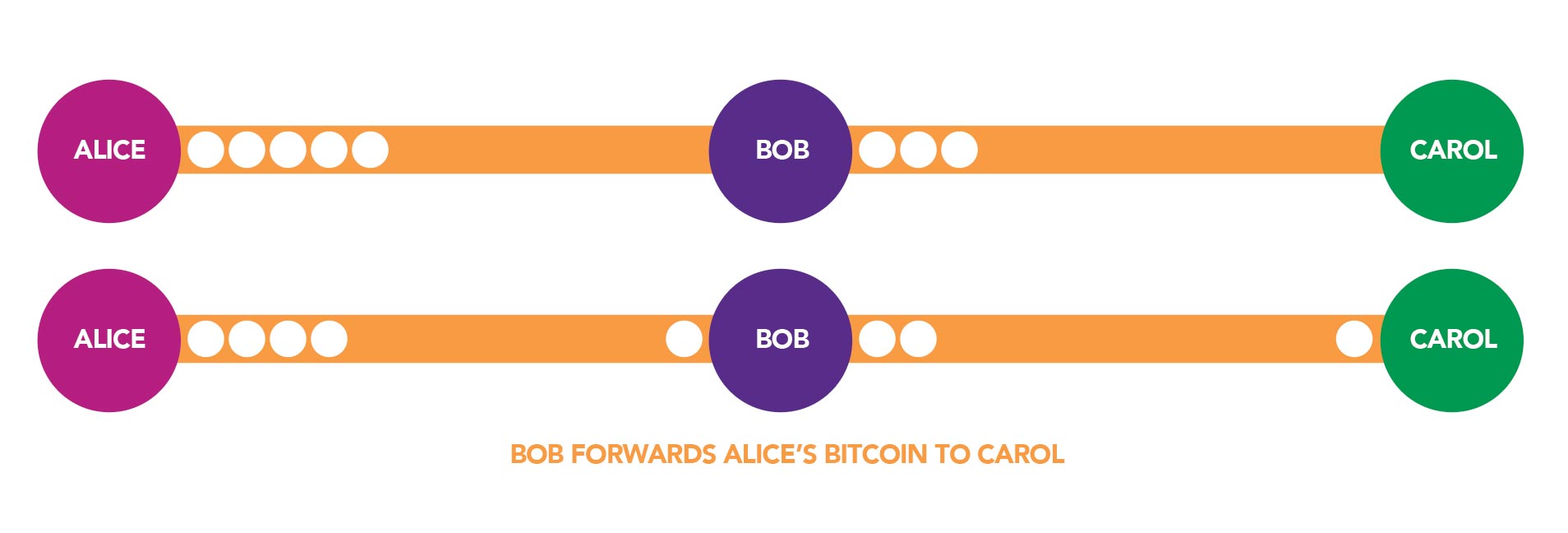
Forwarding isn't restricted to just three nodes. Payments can be routed through multiple nodes, essentially connecting any node with any other within the Lightning Network. However, all this complexity is abstracted away from the user, with the task of finding payment routes being automated within wallets.
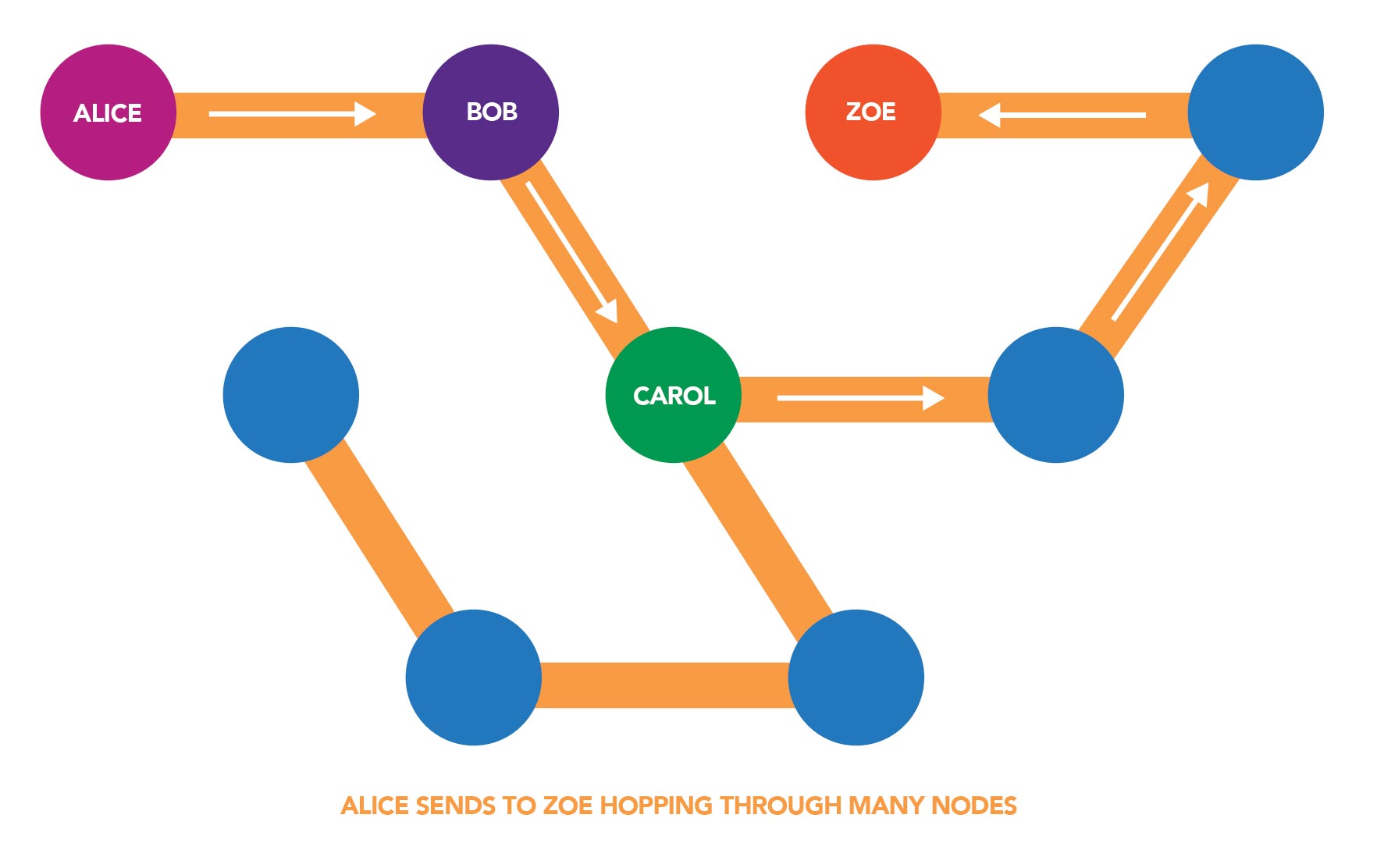
This forwarding mechanism exemplifies the prowess of the Lightning Network, enabling transactions between parties that don't share a direct channel, and fostering a more interconnected and efficient network. Through smart routing and minimal fees, users benefit from faster transactions without the need for global consensus on every payment.
Advantages and Challenges
Speed, cost-efficiency, and privacy: The Lightning Network stands out for its rapid transaction speeds, low costs, and enhanced privacy. As most transactions occur off-chain, they don’t consume precious block space, resulting in lower fees. Additionally, since most of the transactions are kept private between two parties, it boosts transactional privacy.
Handling disputes: One challenge is the potential for disputes, especially if a party attempts to broadcast an outdated channel state. However, built-in punitive measures deter malicious activity. If someone tries to cheat by broadcasting an old transaction, the other party can claim all the funds in the channel as a penalty. Check out Watch Swaps to secure your channel balances even if your node is offline.
Conclusion
The Lightning Network, with its off-chain transaction capabilities, brings unprecedented ease and efficiency to Bitcoin transactions. As we move towards a future where instantaneous microtransactions become a norm, the importance and utility of the Lightning Network can only be expected to grow. Whether you're a casual user or a dedicated Bitcoin enthusiast, understanding the intricacies of Lightning Network transactions remains crucial in navigating the evolving landscape of digital currencies.
What's Next?
Run you own node and experience the speed and cost effectiveness of the Lightning Nework. Read this post about how to get started!
0 Comments
Please login to post comments.

Lightning Network Node
LightningNetwork.Plus
Rank: 5 / Titanium
Capacity: 35,000,000 SAT
Channels: 7
Latest news
Channel Rebalancing 101: Practical Strategies for Better Routing
Posted 27 days ago
From Digital Gold to Digital Cash: Why the Lightning Network’s Moment Has Arrived
Posted about 1 month ago
Square Launches Lightning-Powered Bitcoin Payments: Zero Fees Until 2027
Posted 2 months ago
Introducing Telegram notifications
Posted 3 months ago
Introducing Nostr DM notifications
Posted 3 months ago


